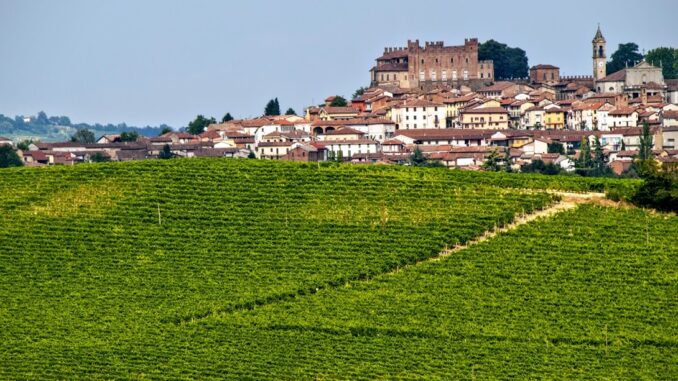
English-speakers say PEED-Mont; everyone else—PiaMontay*—rolling off the tongue like the hallmark hills of this gorgeous region.
*(English versions of European destinations frequently do not match signs, maps or local speech: best to know Italian place-names, especially when driving or buying train tickets.)
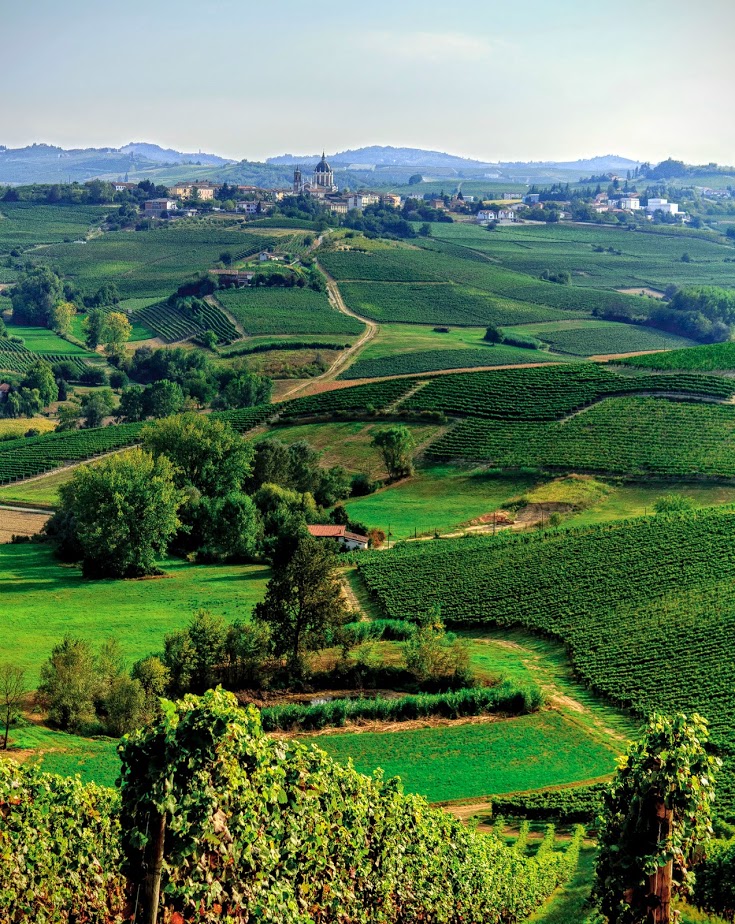
Place
Bordering France and Switzerland, grapes have grown on the “knee” of Italy’s boot since 4000 BC, the Stone Age! Then-reigning Etruscans bought wine storage vessels from the Greeks ruling lower Italy, until the Romans took over everything and added barrels + aging into the mix… (clever boys.)
From Alpine foothills to the Riviera coast, thousands of micro-climates and terroir result in patchworks resembling Burgundy’s multi-owner vineyards-within-vineyards (also some French-speaking.) Picture a fried egg: Piemonte’s main wine hubs form the pseudo-yolk shape around Alessandria > Asti > and Alba, perched on the surrounding region’s ‘egg white’.
Getting There
Ditching our car in the Cinque Terra; intending to train to the French Riviera; impromptu ticketing choice resulting in a Piemonte pit-stop.
Asti‘s train station seemed convenient, so we fired up the we-fee (Europe’s ‘wi-fi’ pronunciation) and booked last-minute lodging on our way.
Car-less four whirlwind days, we hired fantastic local Guides to tour the best Barolo, Barbaresco and Barbera sites; plus invented our own. (Rustic, charming Asti is the Sparkling Capital, after all.)
My zuppe-to-hazelnuts Piedmont/ Piemonte Guide:
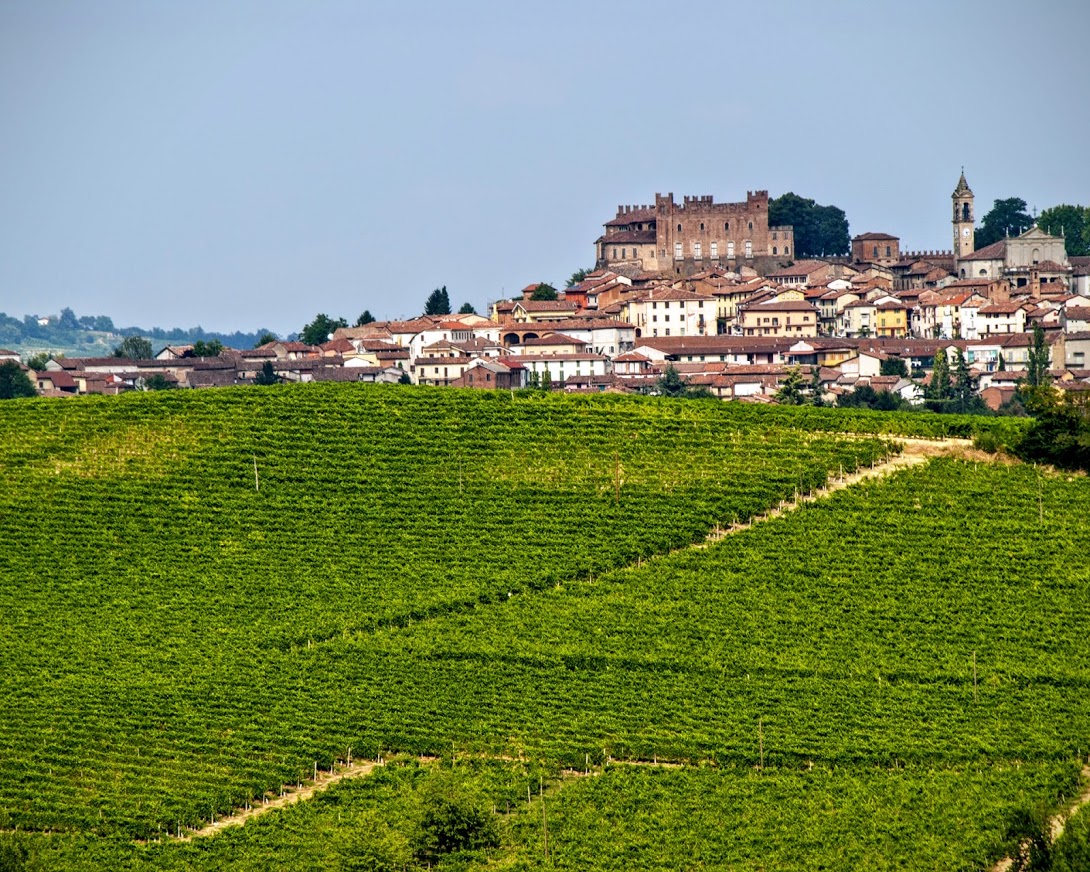
Vino
Alba = Wine monarchy’s kingdom. King Barolo and Queen Barbaresco: world-renowned reds from Nebbiolo grapes intended to age. A testy little grape like Burgundy’s Pinot Noir, its mastery is revered – and pricey! Because of this, many lesser Nebbiolo versions still hold respectable ‘royal court’ status: Carema, Gattinara & Ghemme (blended with Bonarda & Vespolina), Spanna.
Piedmont’s other reds include non-Nebbiolos: Barbera (most-popular, cost-effective and excellent with tomatoey foods); Dolcetto (second-most popular and affordable, with cherry/almond/chocolate notes–California’s Charbono); then lighter, fruitier Freisa and Grignolino.
Asti = Whites: Gavi is Italy’s Chablis—dry, expensive, made from Cortese grapes; Arneis, similar to Alsatian Pinot Blanc, notes of nuts, herbs and pears; and of course, Asti – ‘the’ sparkler, in semi-sweet or sweet form, made from Moscato Canelli or Bianco.
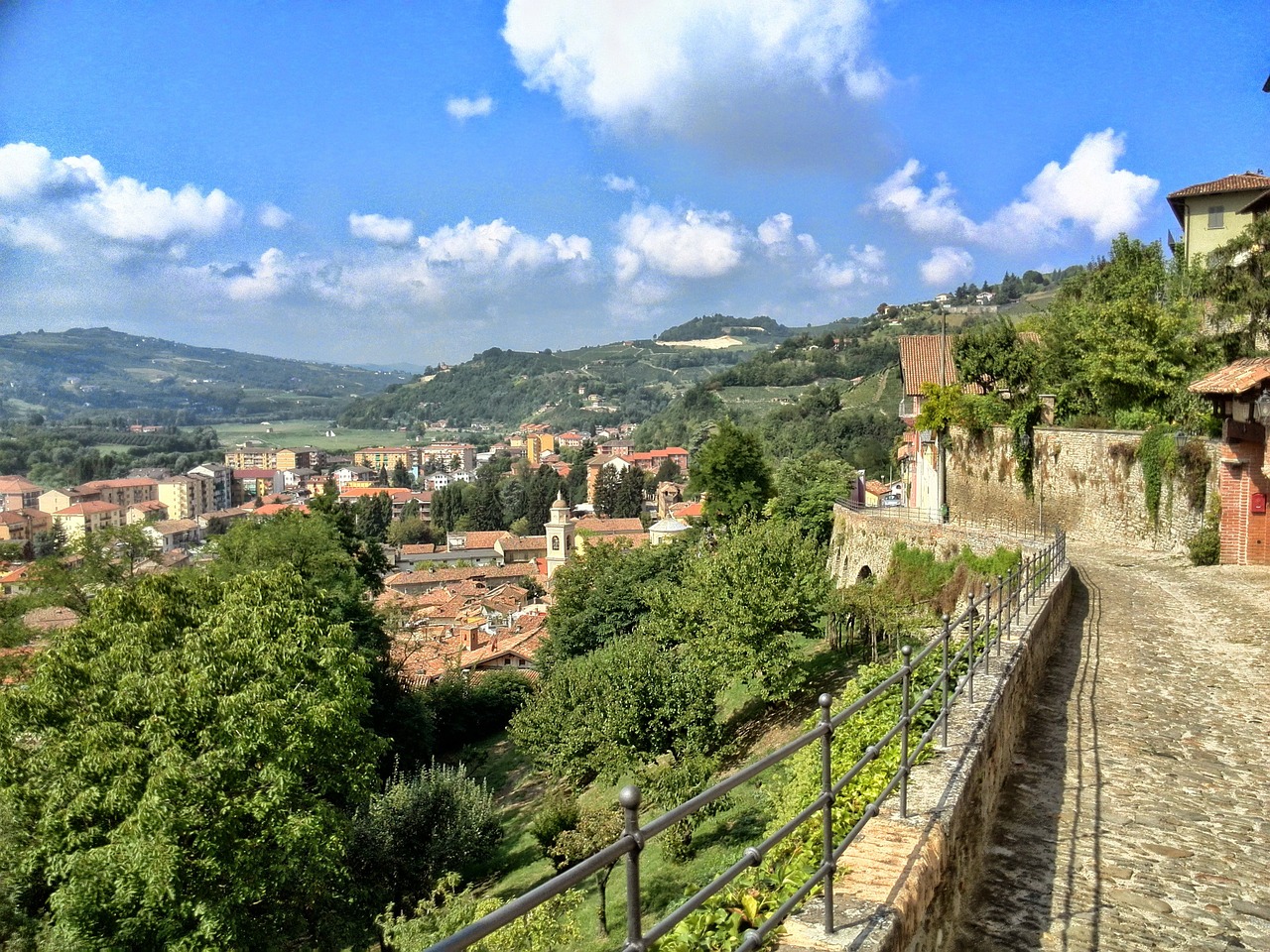
A continuation of the Tre Venezie article’s REGIONAL DESIGNATIONS and CERTIFICATIONS, add these Italian label descriptors to help you understand STYLES you’re drinking:
Classico – from regions of note within that area’s particular varietals
Riserva – additional aging (i.e. Barolos require 5 yrs vs. standard 3; Barbaresco 4 vs. 2, etc…)
Amabile – semi-sweet
Dolce – sweet/ dessert
Secco – dry
Superiore – minimum 1% higher in alcohol than DOC requires for that wine; plus extra-oaked
Considering ‘all-things-wine’ to see or do?
24/7 COFFEE & WINE
When not drinking vino, Italians drink caffè (coffee) all day, one demitasse at a time, typically standing. What we consider “bars” are actually Italian watering-holes for caffeine more than alcohol, any time of day.
CAFFÈ CHEAT SHEET:
Caffè = Plain, straight espresso, demitasse, add sugar > 1-2 gulps.
Cappuccino = Breakfast! Espresso, mixed w/ hot milk + milk foam on top. Never order after dinner.
Caffè macchiato = Espresso + small amount of steamed milk in it.
Lattè macchiato = Glass of hot milk + shot of espresso in it (reverse above).
Caffè coretto = Espresso + (your call) shot of liquor.
Caffè hag = Decaf.
Caffè Americano = Typical coffee-pot coffee, considered undrinkable/ undesirable by Italians.
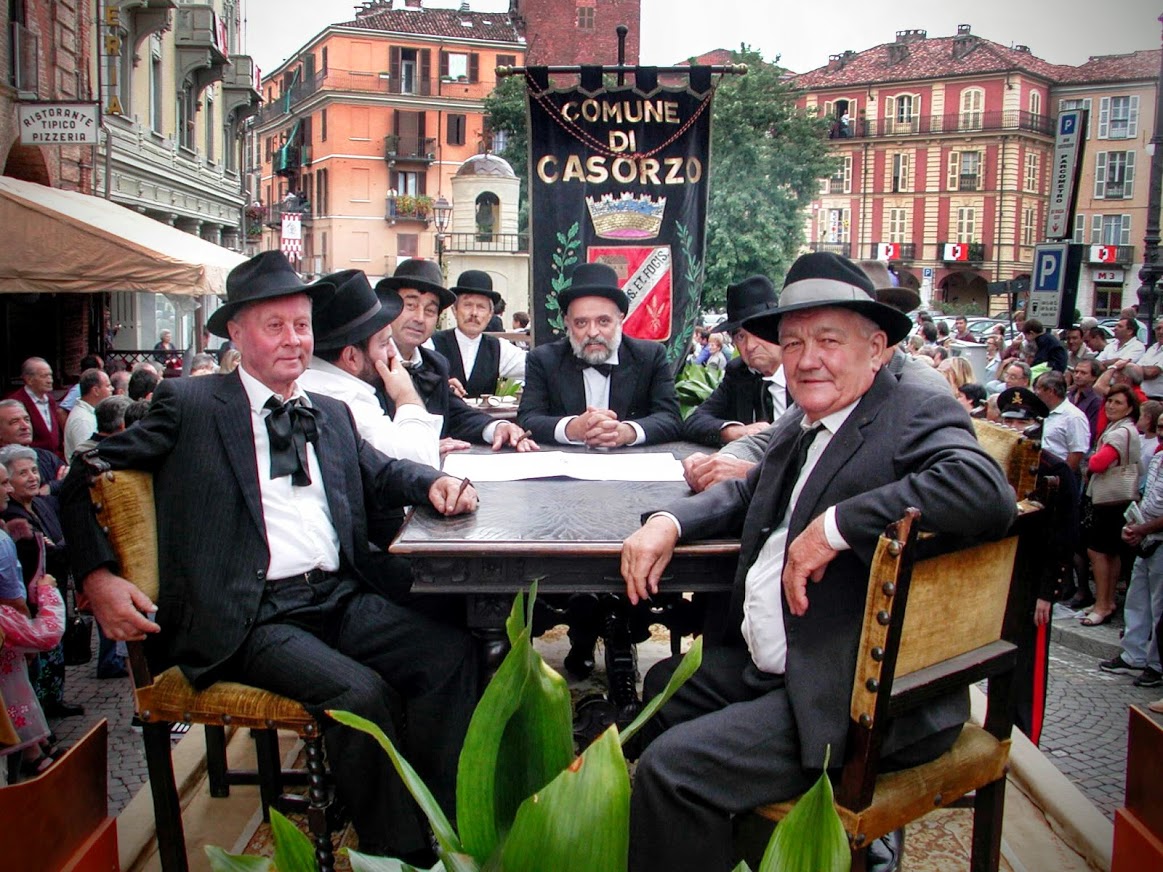
Food
Expect roasted meats, hearty stews, polenta and eggy pasta, plus rich eggs/ cream/ cheese. Home of Gorgonzola cheese. Eat Fonduta (trust us.) Also, Alba is to white truffles what Sarlat, France is to foie gras & perigord truffles.
KNOW YOUR MEALS
Prima colazione Breakfast – a minor convenience, not an ‘event’, i.e. cappuccino + pastry.
Pranzo (lunch) &/or Cena (dinner). Main meal. Portions smaller than ours. Multiple courses:
- Antipasto Salumi (cold cuts), bruschette, crostini (toasted or grilled bread topped with pâté or tomatoes), vegetables prepared in oil or vinegar.
- Primo (first), zuppa or miestra (soup), pasta, risotto, or polenta
- Secondo (second) meat or fish.
- Contorno (‘side of’) vegetables or salad
- Dolce (dessert), including Formaggio (cheese).
End with a caffè and a grappa, a fiery digestif made from grape pomace. (See TreVenezie article.)
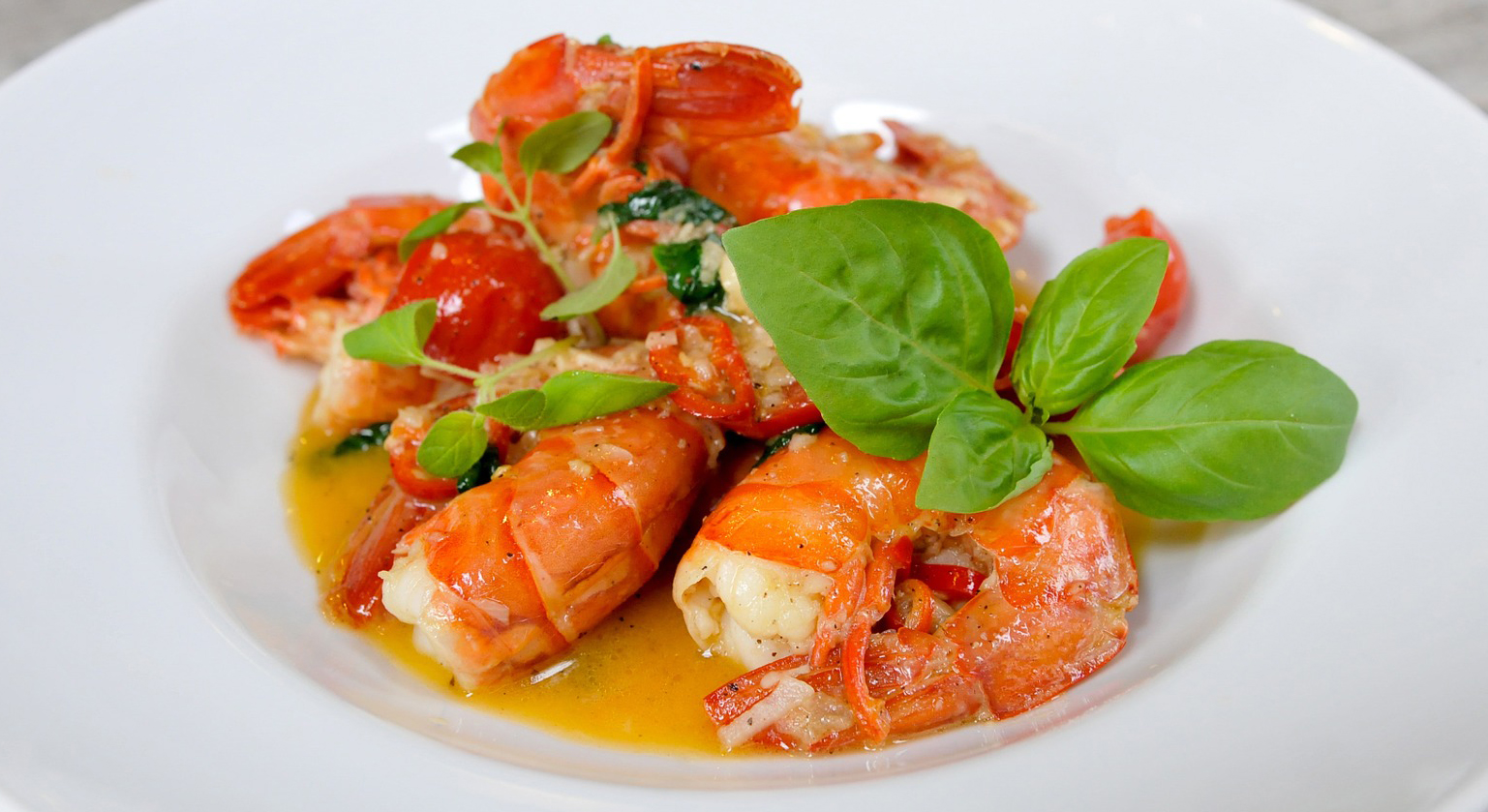
KNOW YOUR EATERIES
Ristorante- Formal/ more expensive, (unless a tiny local place trying to oversell itself.)
Osteria- Trendy, tend to be more expensive eateries.
Trattoria– Usually family-run eateries, local fare.
Tavola calda- Tiny popular on-the-go-type with prepared hot food sold by weight.
Rosticceria- Same, but has roasting chickens in window.
Enoteche- Wine bars, plus cheese and cured meats probably available.
Bar- A combo/ catch-all café featuring
Morning – cappuccinos, light pastries
Mid-day–day-long noshy bites like sandwiches, flatbread and gelato, caffè, vino or birra
Evening – …(add aperitifs)
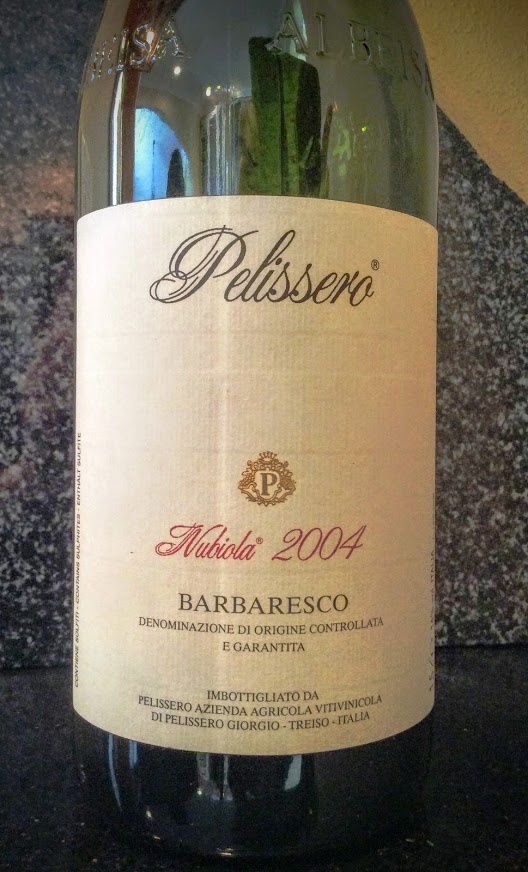
Train
Buy train tickets on-the-go: cheaper/ more flexible than rail passes:
Trenitalia – the way Italians buy their tickets.
Also routes from France, and Switzerland; however, not Germany or Austria.
ItaliaRail – English-friendly back-up method to buy tickets
*Add ~$5 surcharge for hassle-reducing resource using same site above.
NOTES:
- Large trains – up to 120-day advance purchases OK, (reduced to 30 or 60 around time-zone-changes.) Regional trains only allow 7 and down to Same-Day purchases.
- Self-serve kiosks at stations are super-easy to use so don’t accept ‘help’ from loitering locals (and watch your wallets / belongings if so.) Weekends are nutso; buy prior if traveling Fri-Sun.
- Find Piemonte routes within [Turin/ Turino]-designated zones.
- (Our non-stop, regional route: La Spezia > Genova [Genoa] > Alessandria > Asti)
- Stamp your ticket in the little yellow box on the platform before boarding the train or else seriously annoy Conductor.
Salute! Cin cin if you’re fancy…
Lori Stevens, former wine magazine food editor has worked for wineries and traveled extensively through most of the world’s wine, craft beer, cider, and scotch-producing regions. Author of Wine: A No Snob Guide: Drink Outside the Box, Berkeley: Rockridge Press, 2015; she currently lives in Seattle.